-
 Korea.net's 24-hour YouTube channel
Korea.net's 24-hour YouTube channel- NEWS FOCUS
- ABOUT KOREA
- EVENTS
- RESOURCES
- GOVERNMENT
- ABOUT US
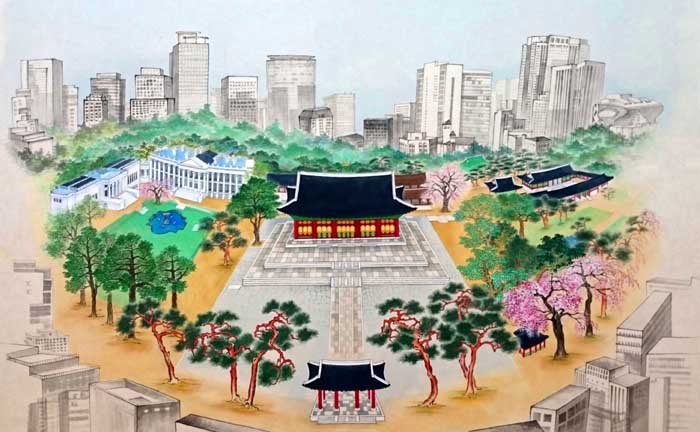
Kim Ji-hyun, a participating student in the ‘Remember Deoksugung Palace’ exhibition, drew the ink and color painting ‘The Panorama of Deoksugung Palace.’
A special exhibition got underway in Seoul on February 6 that reinterprets via painting one of the five main royal palaces from Joseon times (1392-1910), Deoksugung Palace.
The highlighted paintings on display here revive the history embedded in the ancient palace, as well as its buildings and people.
The “Remember Deoksugung Palace” exhibit at Gallery Hanok, a gallery built in the style of a traditional Hanok house in the Bukchon Hanok Village in Jongno-gu, Seoul, features works of art by a group of 11 students from the department of traditional arts and crafts at the Korea National University of Cultural Heritage.
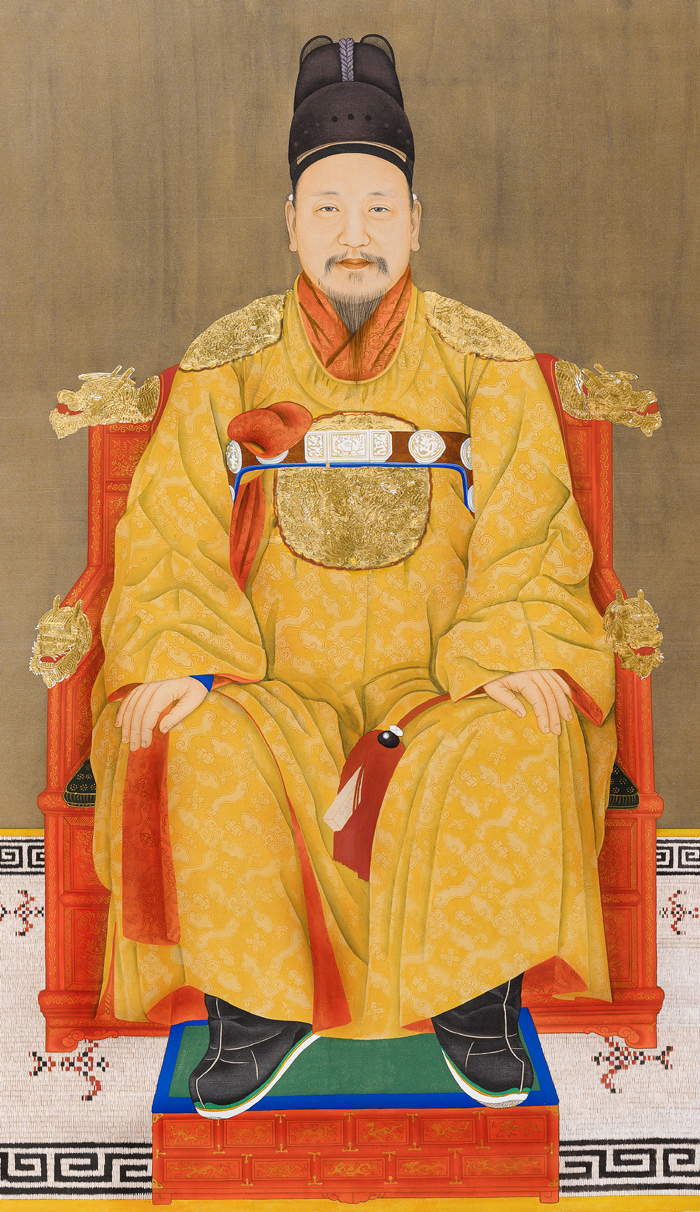
Kim Eun-jeong’s painting depicts King Gojong (r. 1863-1907), the 26th Joseon king and the first emperor of the Daehan Empire.
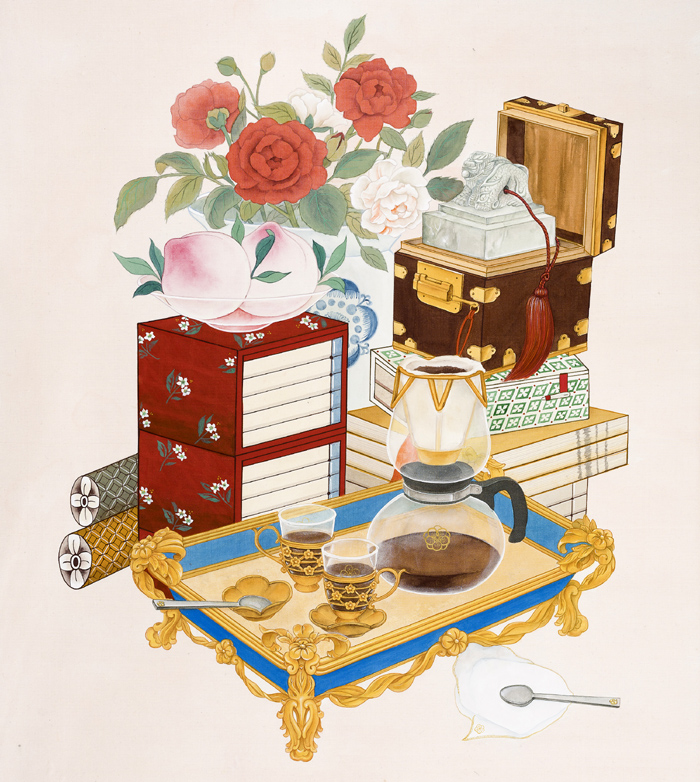
‘Gabi Series,’ created by Kim Yu-jin, is inspired by the fact that King Gojong (r. 1863-1907) often enjoyed having coffee during his reign. Gabi means ‘coffee.’
Among the featured paintings is “Deoksugung Mandara,” which portrays the Daehan Empire (1897-1910) the way King Gojong (r. 1863-1907) wished it would become. Gojong was the 26th Joseon king and the first emperor of the Daehan Empire. Other paintings include “Gabi Series,” a series of three paintings inspired by Gojong’s penchant for coffee and “Jeonggwanheon Decorated with Flowers” that portrays the new look of the Jeonggwanheon, a hall in the palace where the king enjoyed tea and snacks, held parties and listened to music. In the painting, one of its pillars was decorated with flowers. Lastly, the painting “Portrait of Princess Deokhye” is a work that portrays the daughter of King Gojong in her 1931 wedding picture.
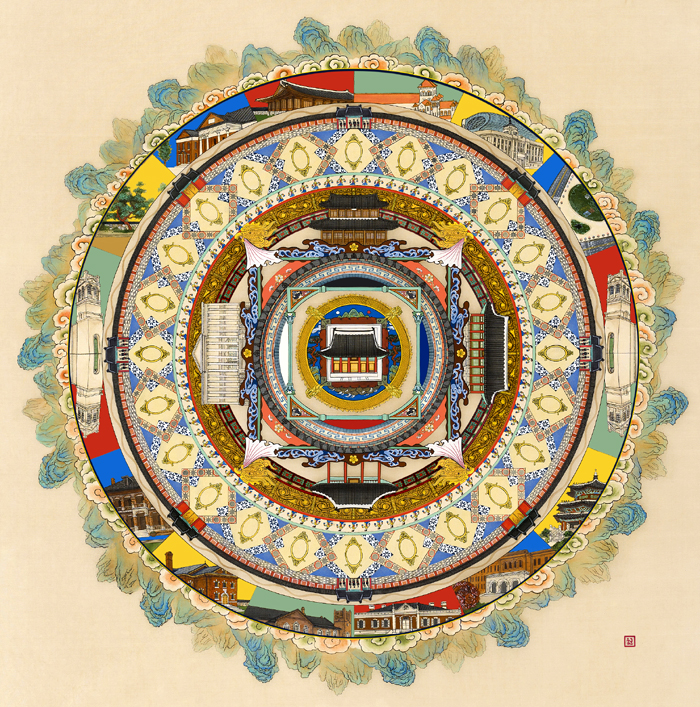
‘Deoksugung Mandara’ is by Kim Dong-won.
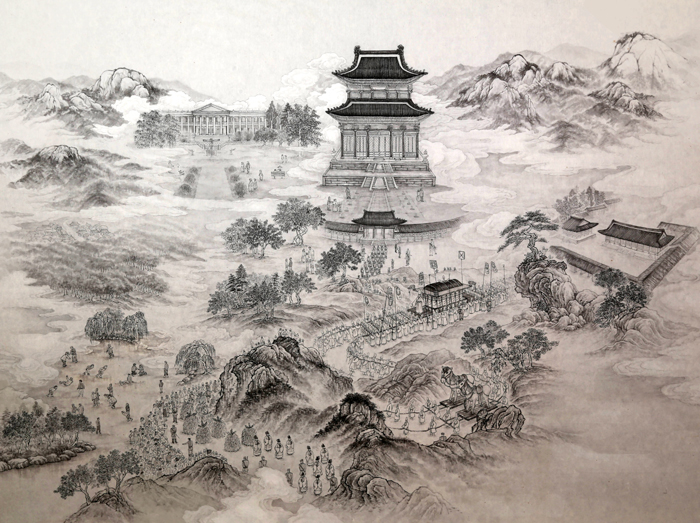
Lee Tae-jeong’s ink-and-wash painting ‘Deoksugung Gamrodo' ('甘露圖').
The event is part of the “Stories of Five Joseon Palaces” project that the Cultural Heritage Administration kicked off in 2014. The project aims at allowing young artists to look at the palaces from a new perspective and to recreate the new look on canvas, using traditional painting techniques and materials. Following Changdeokgung last year, and Deoksugung this year, the story of Changgyeonggung Palace will be told next year.
The “Remember Deoksugung Palace” exhibition will continue until February 17.
By Sohn JiAe
Korea.net Staff Writer
Photos: the Cultural Heritage Administration
jiae5853@korea.kr
Most popular
- First hearing-impaired K-pop act hopes for 'barrier-free world'
- Expats could account for 7% of population in 20 years: report
- 'Mad Max' director impressed by 'cinema-literate' Korean viewers
- Show in Italy to present 'thought-filled' Korean craftworks
- Romanian presidential couple visits national cemetery













